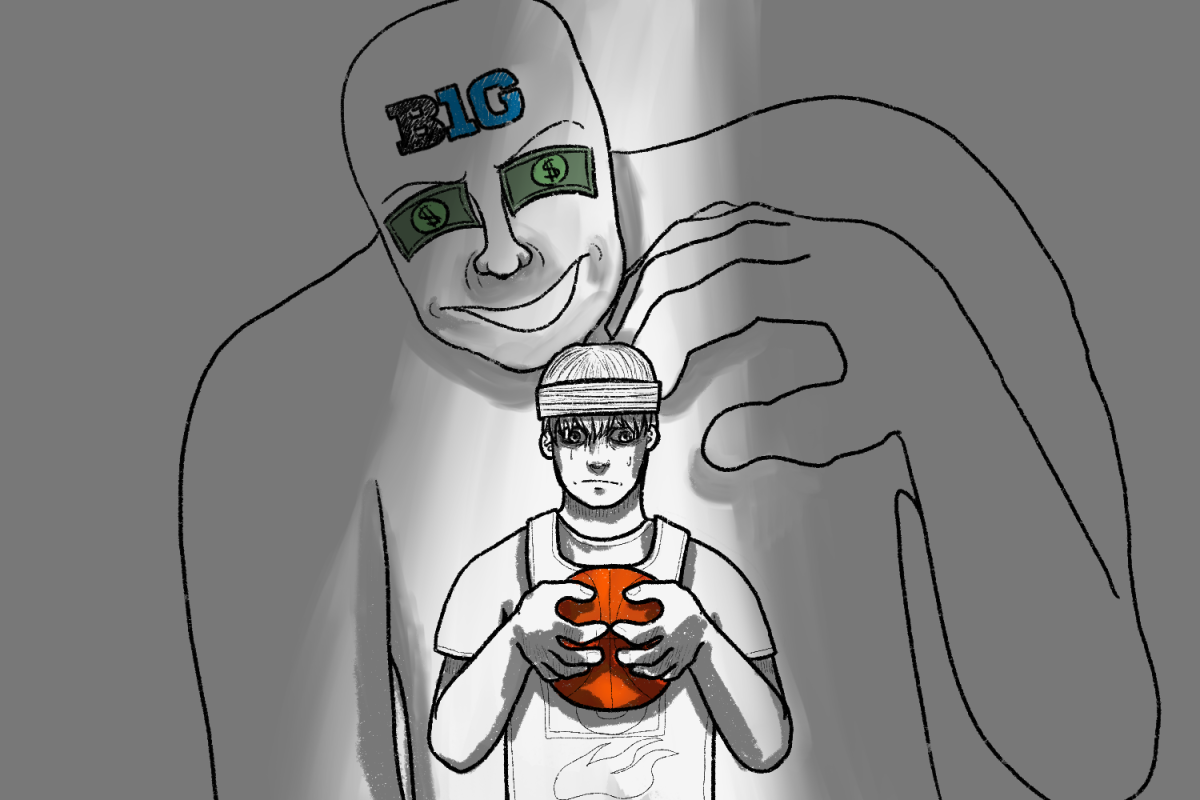Racism permeates every aspect of our society. May 2020 saw an explosion of protests, riots, and anger towards the injustice that individuals like George Floyd experienced because they were a shade darker than that of the police officer who killed him. People were mad and tired and angry at a system that intentionally persecuted people on account of their skin color.
Our medical system is no different.
Imagine this scenario: two individuals arrive at a doctor’s office. They share similar symptoms, signs, and overall demographics with a tiny exception: one is white, and one is Black. Studies show that typically the white patient is offered treatment, while the Black patient is not.
Doctors take an oath to “do no harm,” but their implicit bias and discrimination against patients of color limits both their access to healthcare and the quality of treatment they receive.
Numbers don’t lie. Black people are not receiving the same quality healthcare as their white counterparts, and this second-rate healthcare shortens lives.
Medical practitioners’ status often precedes them; they are often highly regarded and experience certain privileges and societal respect. But it’s not so black and white.
Yes, we can acknowledge they dedicate their lives to saving people. They are pain-relieving, death-defying machines. But we also need to realize that doctors can — and do — do wrong.
Black Americans and their health are being directly affected by racism. Whether doctors want to admit it, they are not exempt from discriminatory practices and implicit bias.
Four medical centers evaluated physicians who self-reported that they showed no preference for white or Black patients. After undergoing implicit bias tests, those same physicians demonstrated that they favored white Americans in relation to Black Americans. As their pro-white implicit increased, so did the likelihood of treating white patients and non-Black patients.
Additionally, a 2016 study by Proceedings of the National Academy of Sciences of the United States of America found that white medical students believed that Black patients had higher pain tolerance, citing medical myths like thicker skin and less sensitive nerve endings.
These beliefs can be traced back to racist doctors in the nineteenth century, like James Marion Sims. Until April 2018, New York had a statue of Sims, the father of gynecology whose title was made possible by carrying a series of experimental operations on Black enslaved women. They literally and figuratively put him on an untouchable pedestal, lionizing a man who cruelly exploited these marginalized women for his own personal gain.
Doctors are supposed to save lives. They cannot let the color of one’s skin decide whether they will pick up the scalpel to save them; it should be a reflex action.
We need to hold medical practitioners accountable for racism in hospitals and practices. People’s lives are in their hands. It is not a toy for them to simply revoke when uncomfortable because someone’s skin is darker than theirs.
*This editorial reflects the views of the Scot Scoop editorial board and was written by Marrisa Chow.













